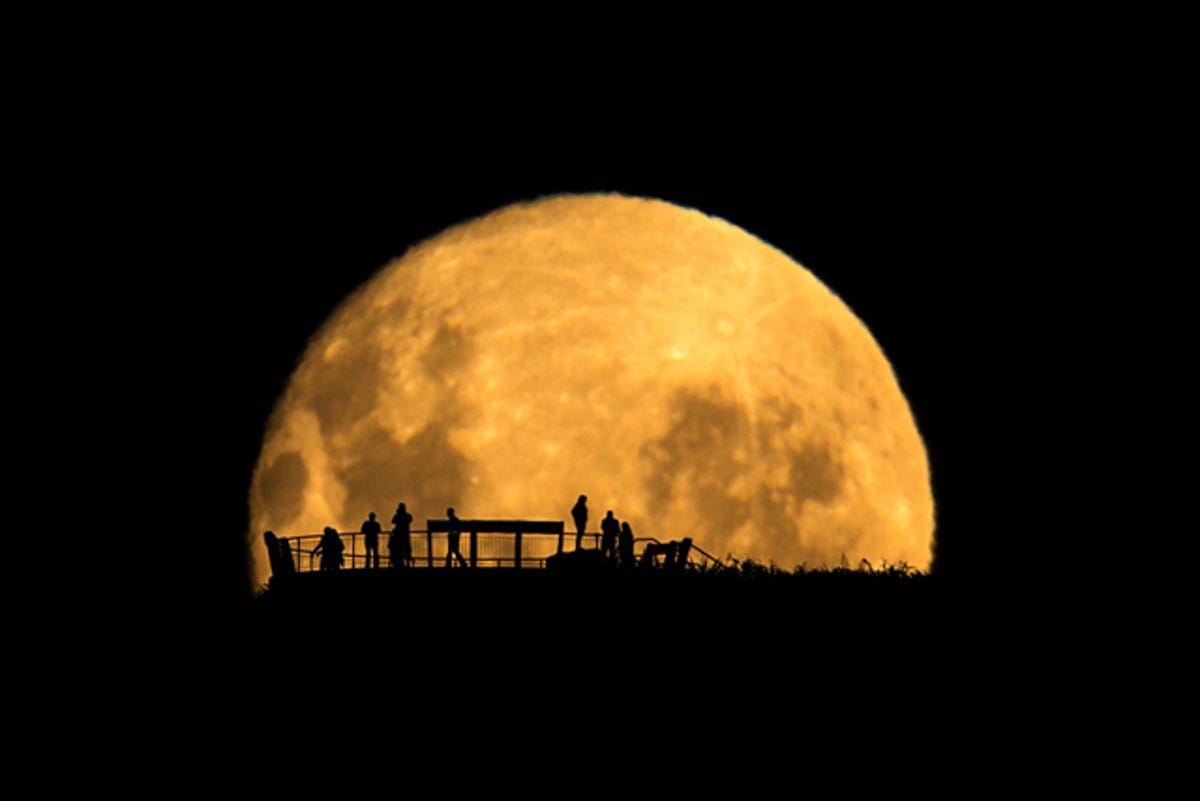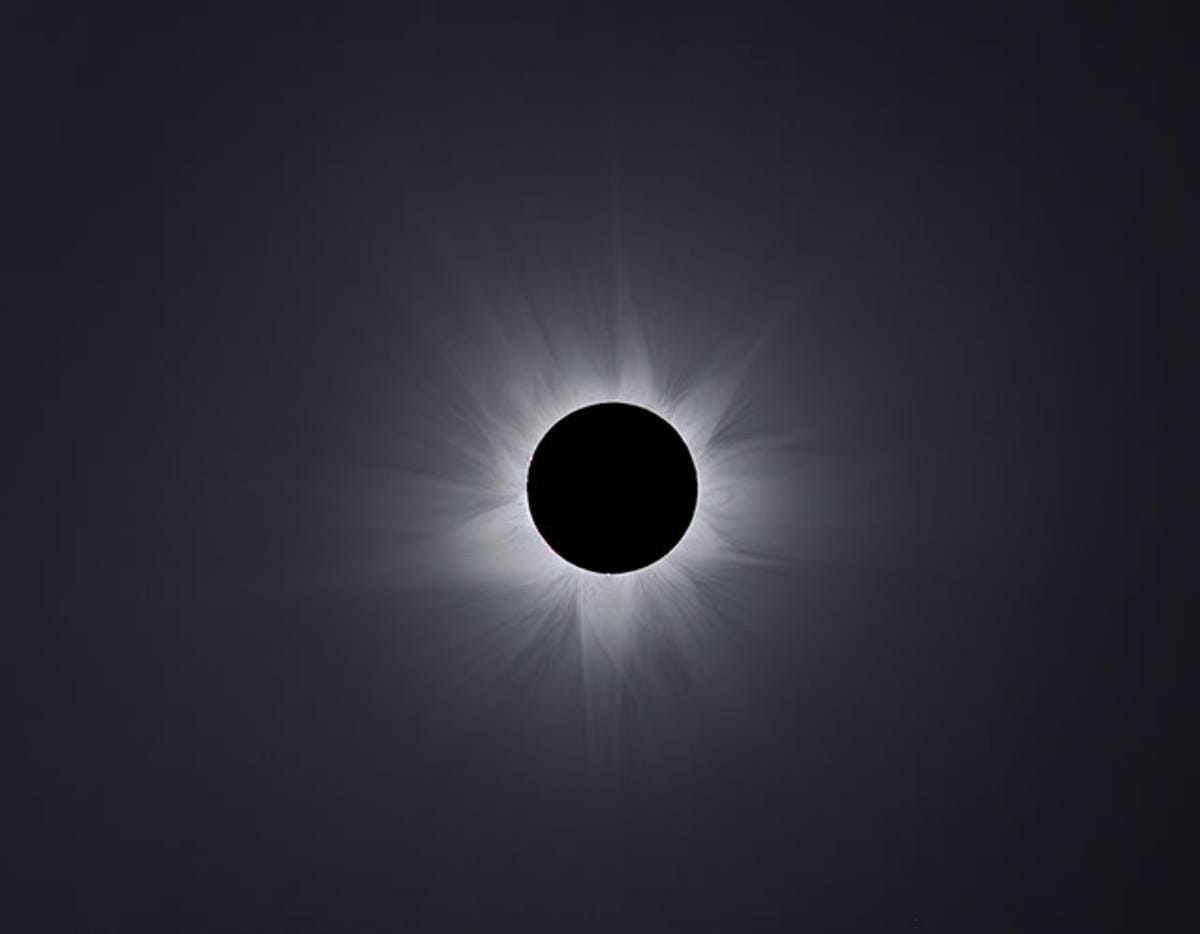This year's best space images (pictures)
Britain's Royal Observatory honors spectacular images of space and the Earth in its latest Astronomy Photographer of the Year contest.

Moon Silhouettes
For the past four years, Britain's Royal Observatory has held a contest for the best astronomy photographs from around the world. Its picks for 2013, drawn from 1,200 entries, are utterly eye-popping. Here's a selection of honorees.
This incredible shot by Australia's Mark Gee won a special prize in the category of People and Space. As Gee describes "Moon Silhouettes": "People usually gather on Mount Victoria Lookout in Wellington, New Zealand, to take in the view of the surrounding city below. But on this particular day the moon rose right behind the lookout, revealing the silhouettes of the onlookers.
"This photo was shot from over 2 km (1.2 miles) away on the other side of Wellington city, on the day after the full moon. It was not just being in the right place at the right time; I had been planning for this shoot for over a year."
Green Energy
"With this image I wanted to show the magic and dramatic feeling of being drawn into the whirlpool of a powerful Northern Lights corona," says Norway's Fredrik Broms, runner-up in the Earth and Space category of the Royal Observatory's annual space photography contest.
"With its enormous power, it almost resembles an artist's impression of what the fate of light around a black hole might look like. The illumination of the snow is created by the strong moonlight."

Corona Composite of 2012: Australian Totality
Celestial Impasto: sh2–239
Guiding Light to the Stars
Venus Transit, Foxhunter’s Grave, Welsh Highlands
Sam Cornwell of the UK took the Sir Patrick Moore Prize for Best Newcomer with this amazing shot of Venus transiting the sun. Here's how he described the image: "I am a complete amateur with regard to astrophotography. I saw the Venus transit of 2012 as a great opportunity to attempt to photograph one of the rarer spectacles of the solar system. I took a group of friends and my camera equipment to the highest ground I knew locally, Foxhunter's Grave in the Brecon Beacons.
"We arrived at about 2 a.m. to set up. It was cold, raining, windy, and cloudy. Within a couple of hours, the area had filled up with 'real astronomers' who knew what they were doing. I felt like such a novice but got stuck right in, with my lens trained on the horizon where the sun would be appearing. It was truly one of the most amazing sights I have ever seen."
The Milky Way Galaxy
Snowy Range Perseid meteor shower
Icy Visitor
Saturn at Opposition
Rho Ophiuchi and Antares Nebulae
These beautiful nebulae shine like jewels in the depths of space, and it's no surprise that capturing them was a complex feat. Tom O'Donoghue of Ireland had to spend 60 hours of exposures on these faint gems due to their altitude in the Spanish sky and some clouds.
"The dust can reflect the light of nearby stars, as seen in the blue and yellow regions," the Royal Observatory noted. "It can also block and absorb the light of more distant stars, appearing brown and black in this image. To the right, a bright star is ionizing a cloud of hydrogen gas and causing it to glow red, while below it, far in the distance, is a globular cluster containing thousands of stars."

